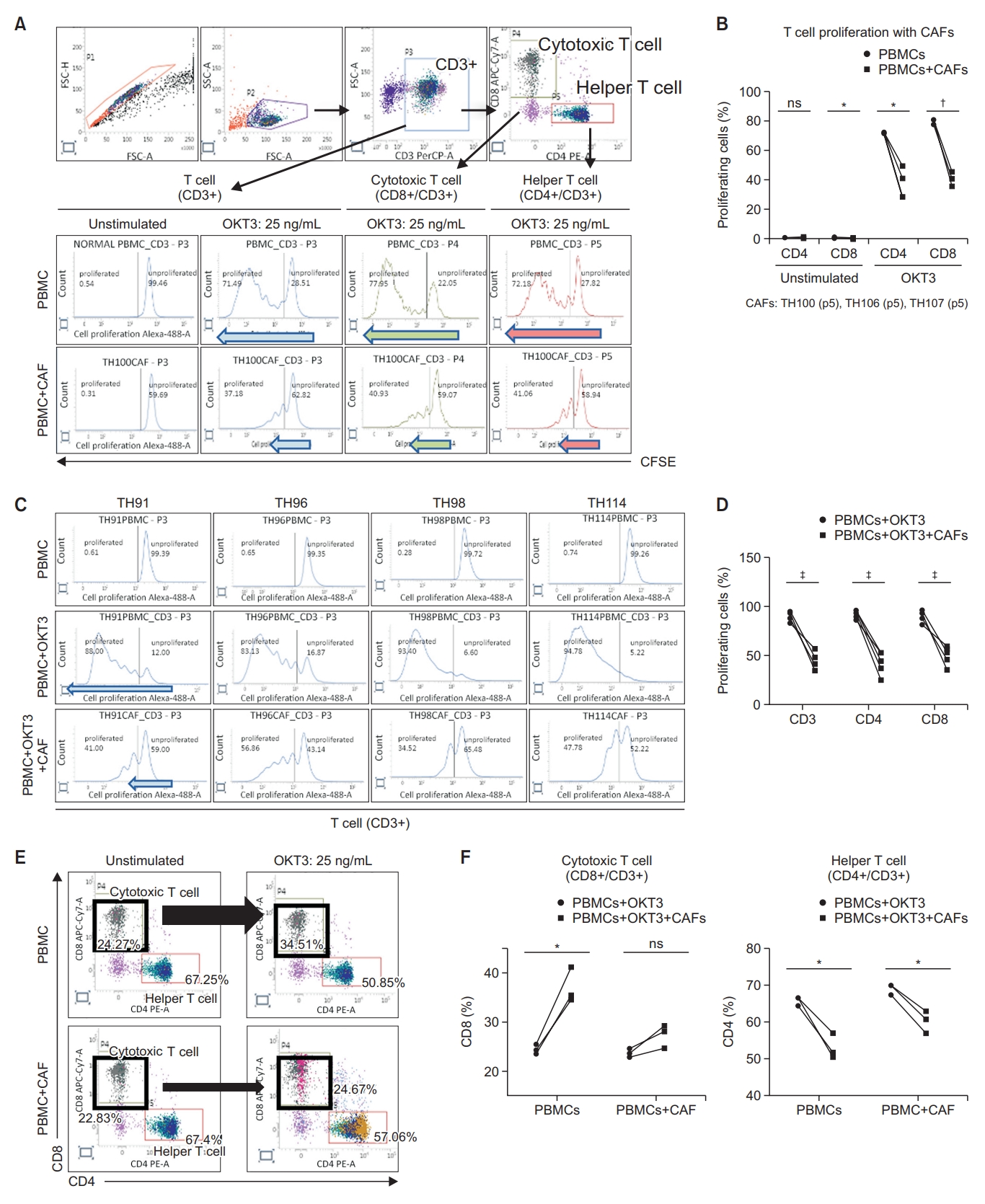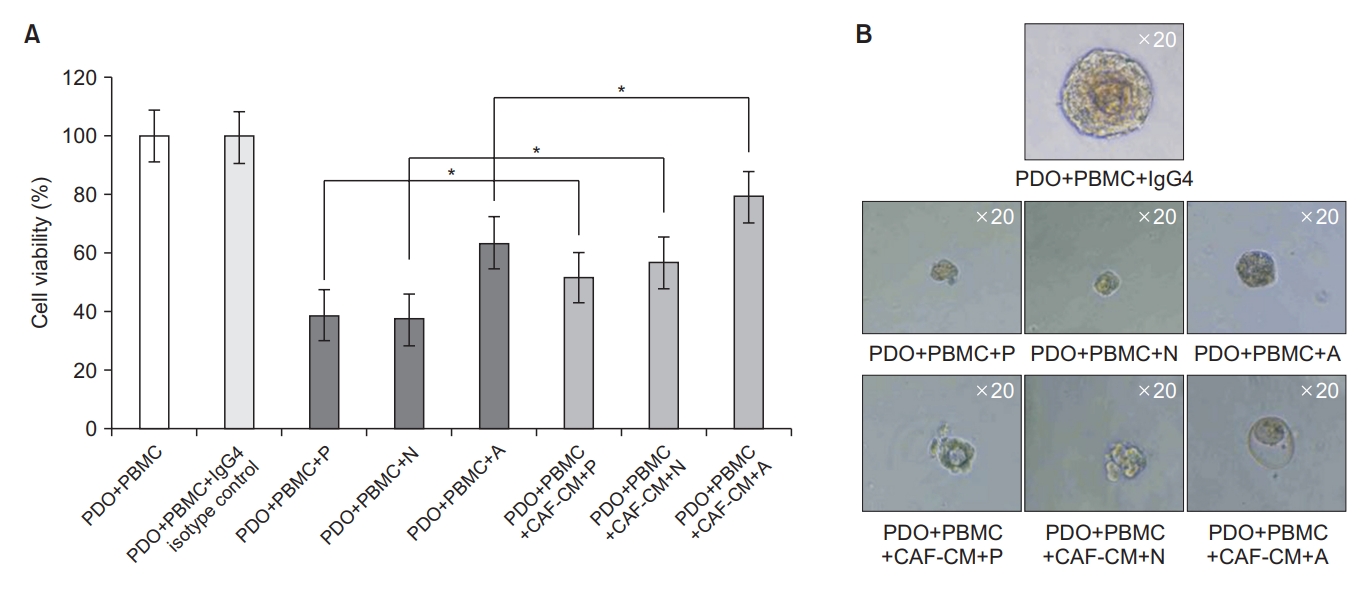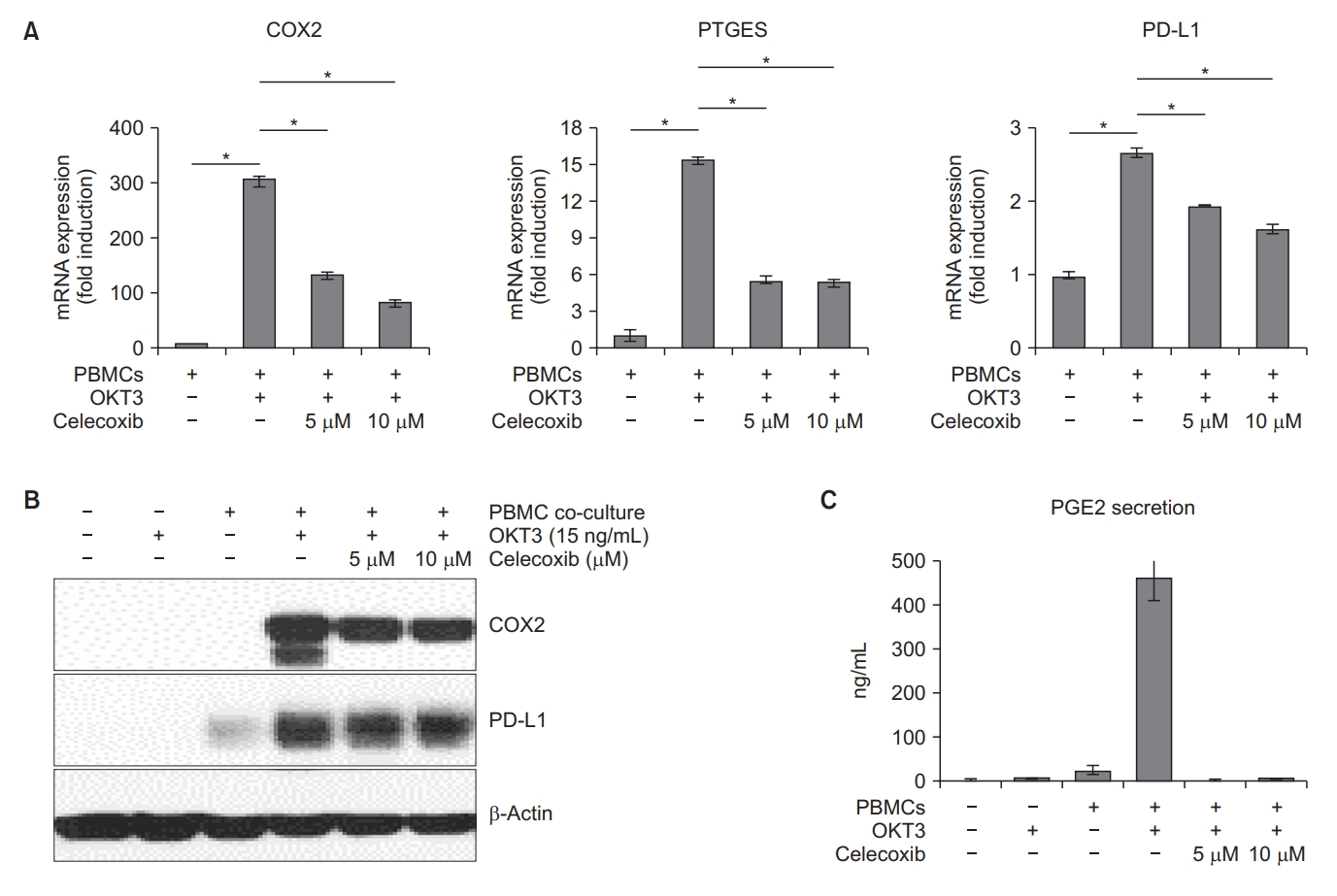 |
 |
| Tuberc Respir Dis > Volume 86(4); 2023 > Article |
|
Abstract
Background
Methods
Results
Notes
AuthorsŌĆÖ Contributions
Conceptualization: Um SW. Methodology: Lee H, Hwang M, Um SW. Formal analysis: Lee H, Hwang M, Um SW. Data curation: Lee H, Hwang M, Jang S. Software: Lee H, Hwang M. Validation: Lee H, Hwang M, Um SW. Investigation: Lee H, Hwang M, Um SW. Writing - original draft preparation: Lee H, Um SW. Writing - review and editing: all authors. Approval of final manuscript: all authors.
Supplementary Material
Supplementary┬ĀTable┬ĀS2.
Figure┬Ā1.

Figure┬Ā2.

Figure┬Ā3.

Figure┬Ā4.

Figure┬Ā5.

Figure┬Ā6.

Figure┬Ā7.

Table┬Ā1.
References
- TOOLS
-
METRICS

-
- 0 Crossref
- 0 Scopus
- 2,118 View
- 137 Download
- Funding Information
-
Korean Academy of Tuberculosis and Respiratory Diseases
National Research Foundation of Korea
https://doi.org/10.13039/501100003725
2020R1A2C2006282Ministry of Science and ICT
- Related articles
-
Immune Evasion of G-CSF and GM-CSF in Lung Cancer2024 January;87(1)
Subtype-Based Microbial Analysis in Non-small Cell Lung Cancer2023 October;86(4)
p53 Expression Patterns in Non-small Cell Lung Cancers1993 December;40(6)
Relationship between DNA ploidy and Survival Time in Small Cell Lung Cancer.1995 June;42(3)



 PDF Links
PDF Links PubReader
PubReader ePub Link
ePub Link Data Sharing Statement
Data Sharing Statement Full text via DOI
Full text via DOI Supplement1
Supplement1 Print
Print Download Citation
Download Citation



